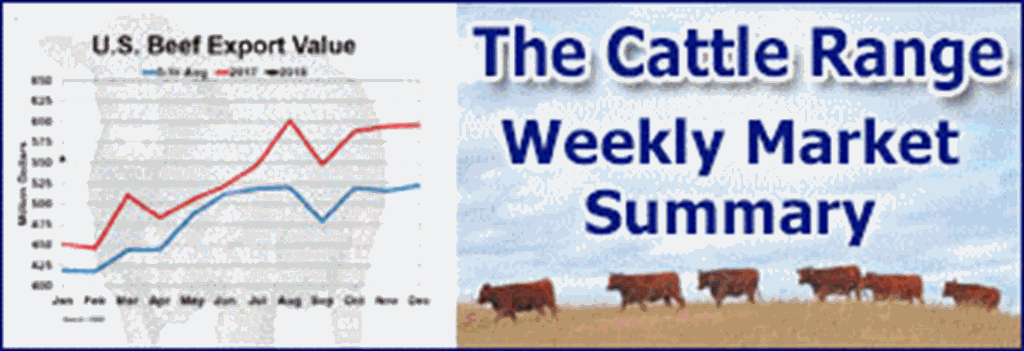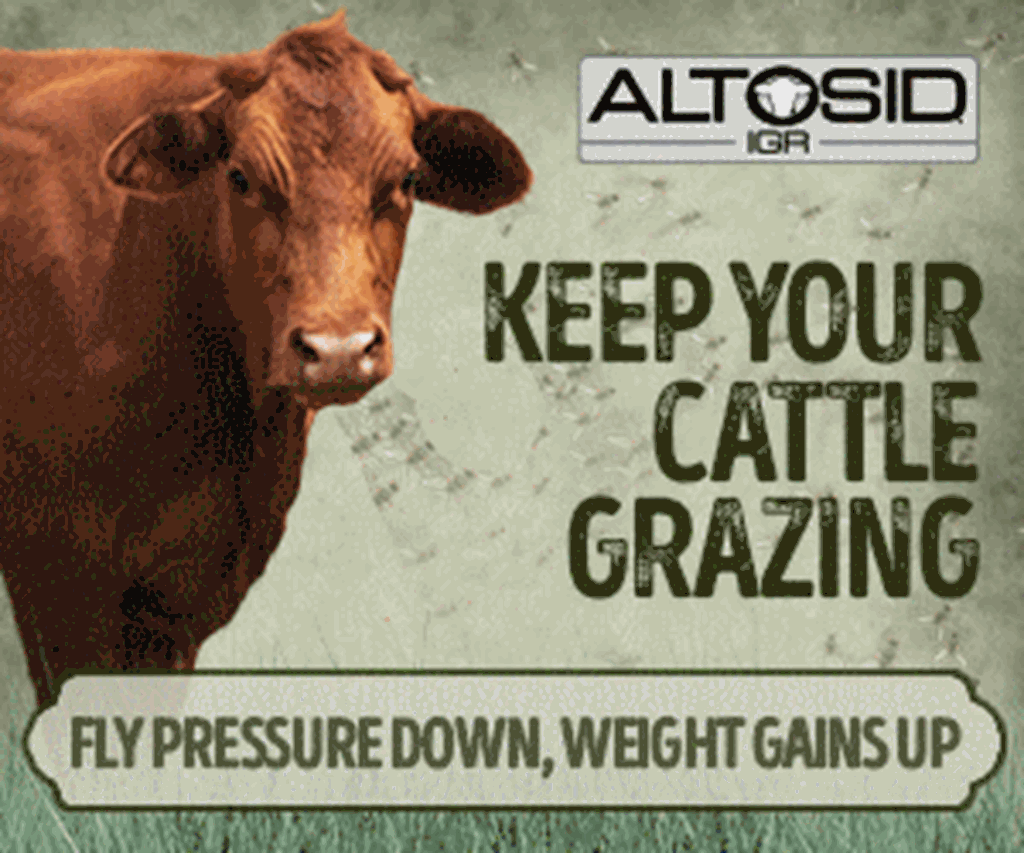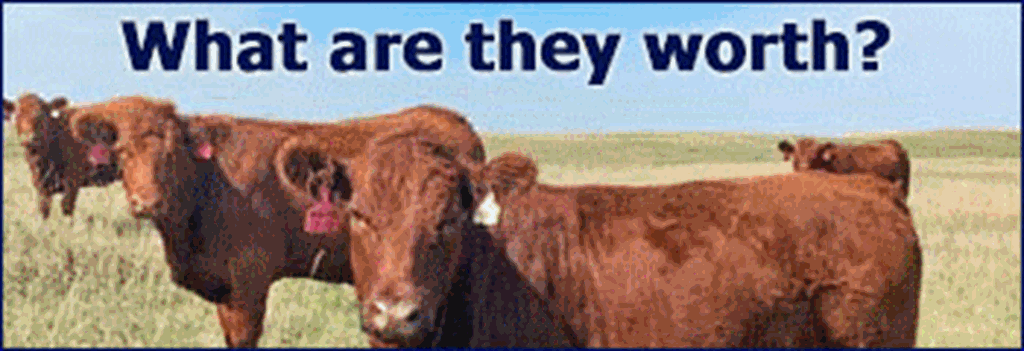A High Altitude Malady...
Brisket Disease in Cattle
"Brisket Disease", also known as High Mountain Disease or Dropsy, is one of the Rocky Mountain region's most costly diseases. The disease is the result of elevated pulmonary arterial pressure caused from lack of oxygen and generally affects only animals at an elevation above 5,000 feet.
Cattle differ in how they respond to oxygen shortage. some are able to tolerate high pressures for a long period of time, while others die quickly. Brisket disease is not limited to one sex or breed, and has been found across all breeds including crossbreeds.
Pulmonary arterial pressures (PAP) are obtained by a procedure called "right heart catherization." In this procedure, a fine plastic catheter is passed through a needle in the jugular vein, with blood flow into the upper right side of the heart, through a valve into the right ventricle, through a valve, and into the pulmonary artery just short of the branches to the lungs. Pressure waves are observed on a heart monitor and the monitor gives a direct readout of the true average pressure.
The PAP test is the best indicator (tool) available to date for identifying animals predisposed to Brisket Disease. The test is not 100% and should not be used as such. Generally, cattle with pressures of greater than 50 mmhg are considered at risk but other criteria such a s age and elevation of test site should be considered. Test scores are not consistently accurate unless done at 6,500 feet elevation or higher.











